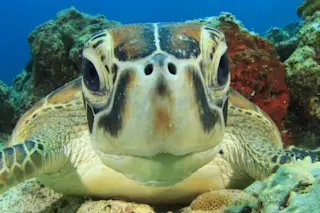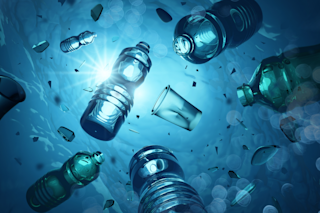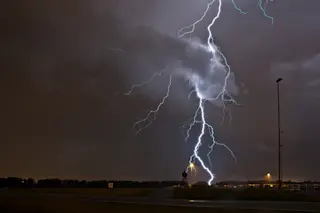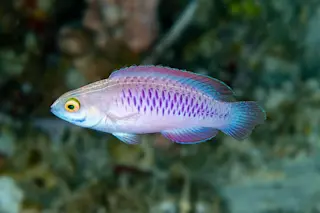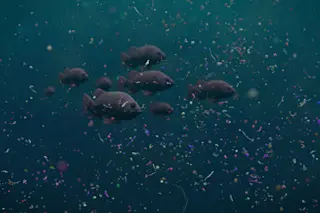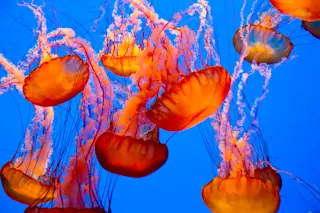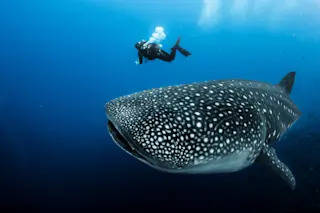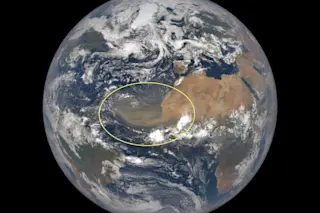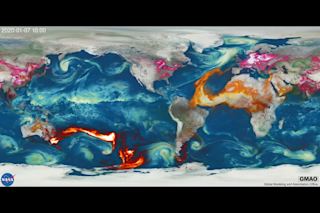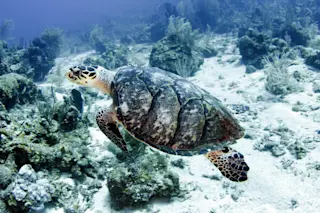The risk might be low, but the alternative is maybe months of debilitating diarrhea. It's your choice. Photo Credit: Timothy Epp/Shutterstock While we like to think of ourselves as rational creatures, there's no doubt that human beings are actually quite awful at assessing risk. So I can understand why Ethan Linck thought to contextualize the risk of drinking from backcountry streams with data. "Life is triage, a constant series of negotiations between risks of varying severity," he wrote. "And how we talk about those risks matters." Yes, it does—which is exactly why his piece in Slate last week was so damaging. It was anything but a careful, scientific evaluation of the risks. Wes Siler over at Outside Magazine already pointed out a myriad of issues with the article, but I want to zero in on the actual data, because Linck claimed to be looking at the matter scientifically. Instead, he ...
Backpackers, Don't Listen To Slate: Science Does Support Stream Water Treatment
Ensure safety in the wilderness with proper backcountry water treatment to avoid risks of drinking untreated water. Stay informed!
More on Discover
Stay Curious
SubscribeTo The Magazine
Save up to 40% off the cover price when you subscribe to Discover magazine.
Subscribe


